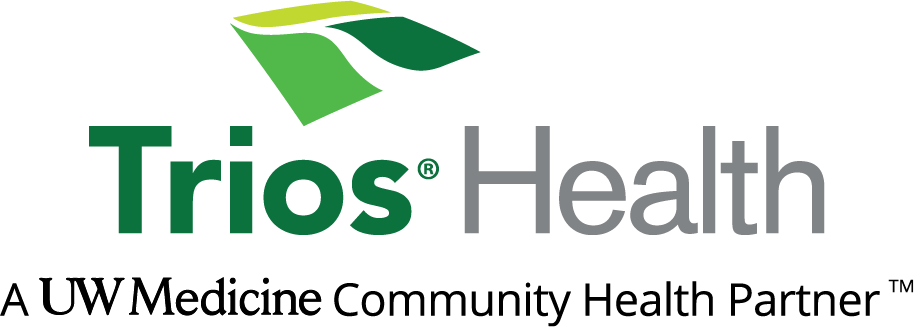Is it a sign?
February 11, 2023

Heart disease is the leading cause of death for men and women in the U.S., according to the Centers for Disease Control and Prevention (CDC), equating to approximately one in four male deaths and one in five female deaths. One of the ways to help change that statistic is by staying on top of the warning signs of heart disease so that it can be caught early.
So, what are the primary signs in men and women? When should you call your provider? And when should you call 9-1-1?
While women sometimes experience non-traditional, more subtle symptoms like sweating, unusual fatigue, nausea or vomiting, and back, neck or jaw pain, men may experience more traditional symptoms like chest pain and breaking out into a cold sweat. The primary signs and symptoms for heart disease are:
- Chest discomfort. Most heart attacks involve discomfort in the center of the chest that lasts more than a few minutes, or that goes away and comes back. It can feel like uncomfortable pressure, squeezing, fullness or pain.
- Discomfort in other areas of the upper body. Symptoms can include pain or discomfort in one or both arms, the back, neck, jaw or stomach.
- Shortness of breath with or without chest discomfort.
- Other signs may include breaking out in a cold sweat, nausea or lightheadedness.
If you or someone you know exhibits signs of heart disease, it’s important to act quickly. Call 9-1-1 as soon as you suspect trouble. Remember, every minute matters.
You don’t have to experience any warning signs to address the issue of heart health with your provider. Even without obvious symptoms, you could be at risk. The CDC reports that half of the men who die suddenly of coronary heart disease have no previous symptoms. If you’re looking to learn more about risk factors and preventive care options, talk to your primary care provider about how you can help keep your heart healthy today and every day.
